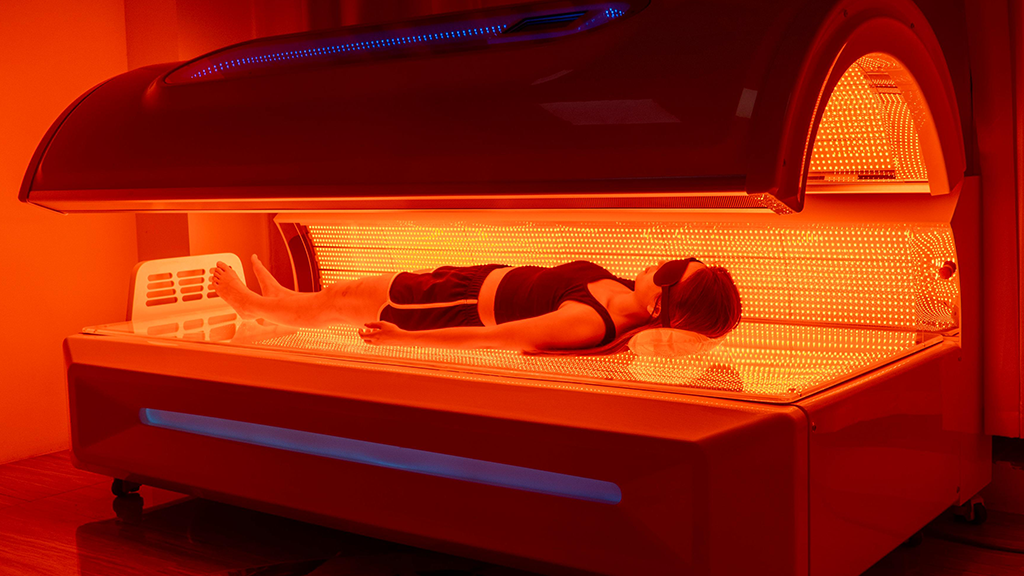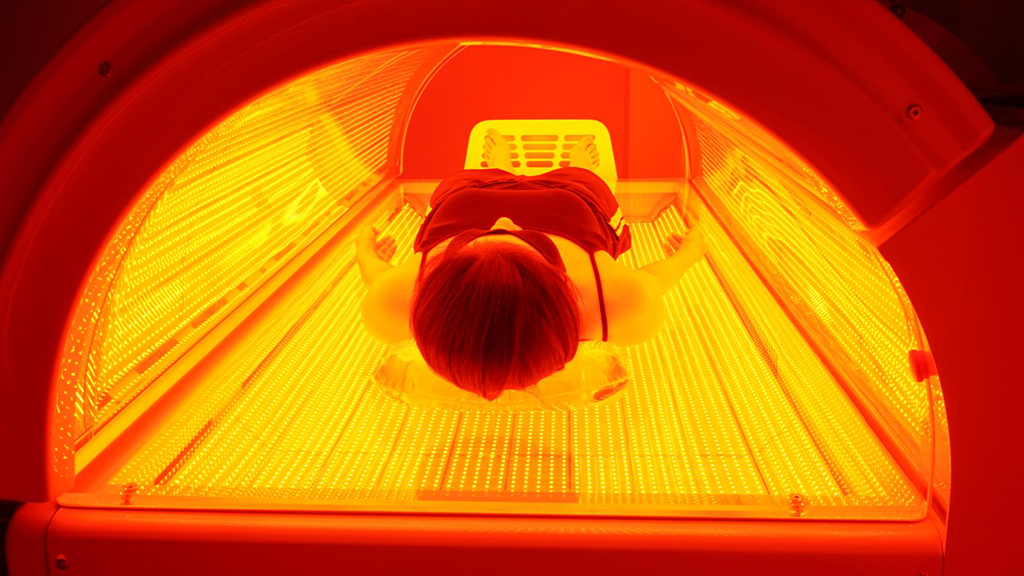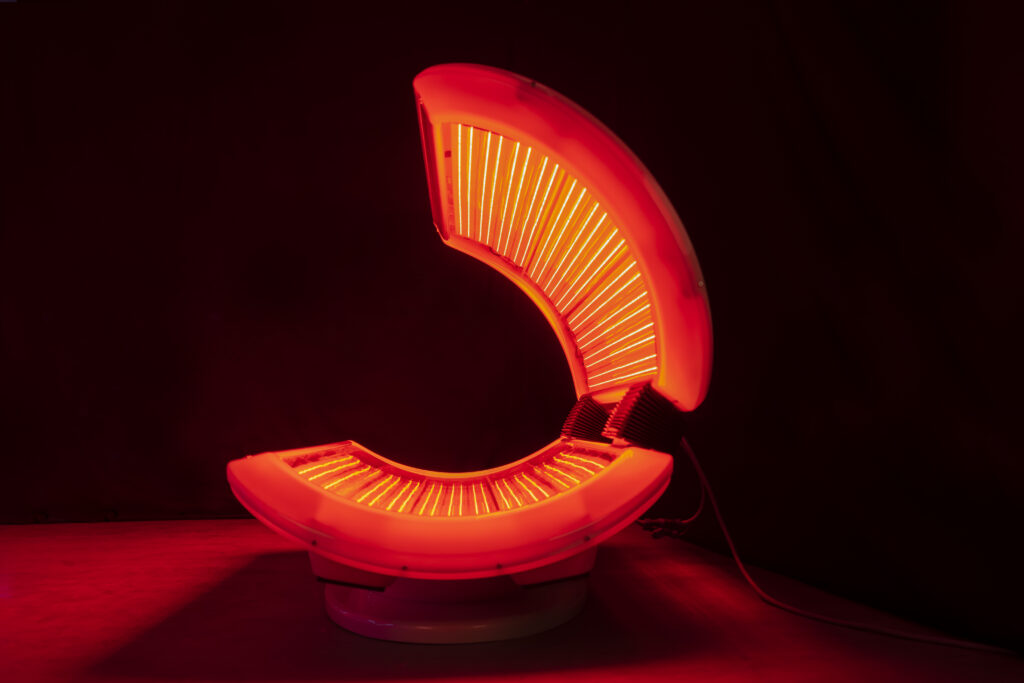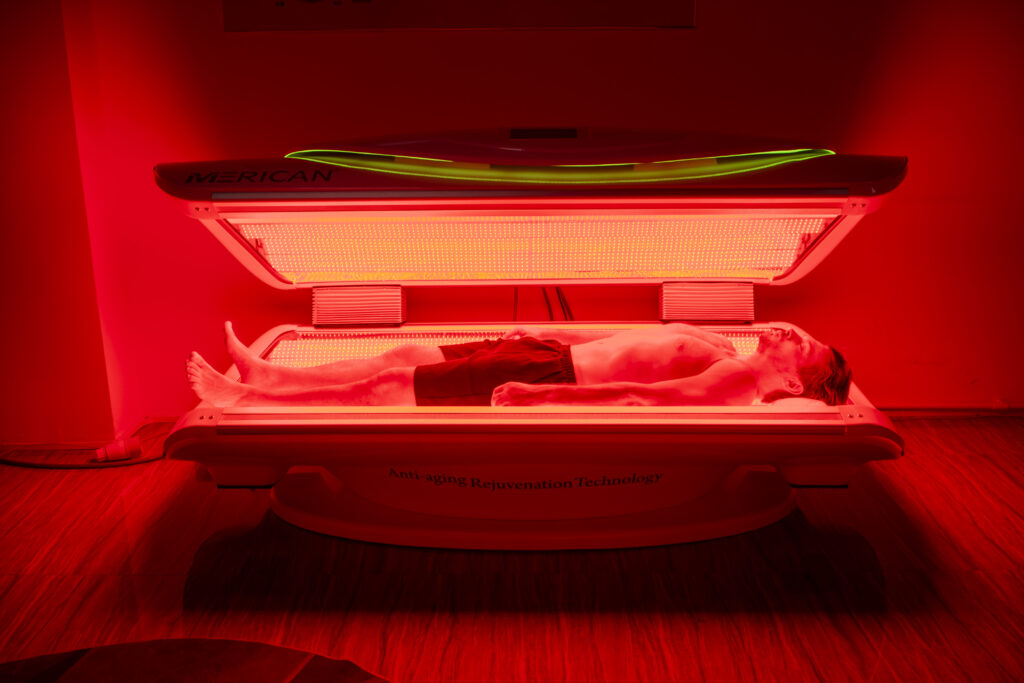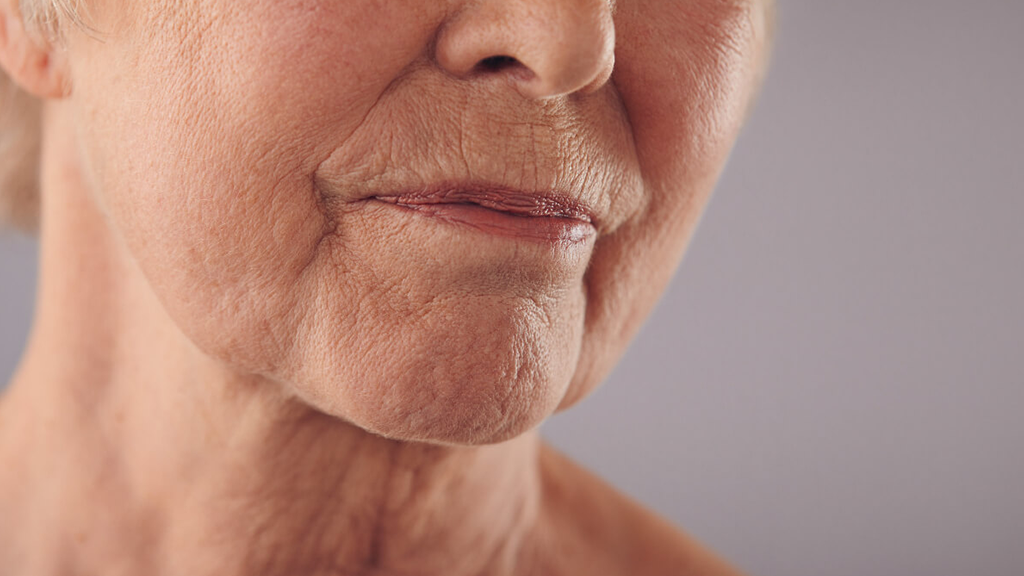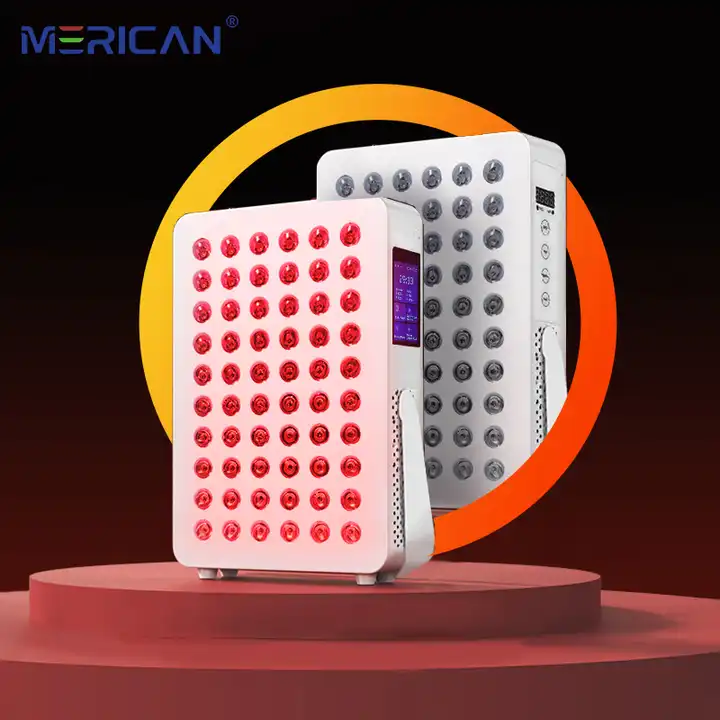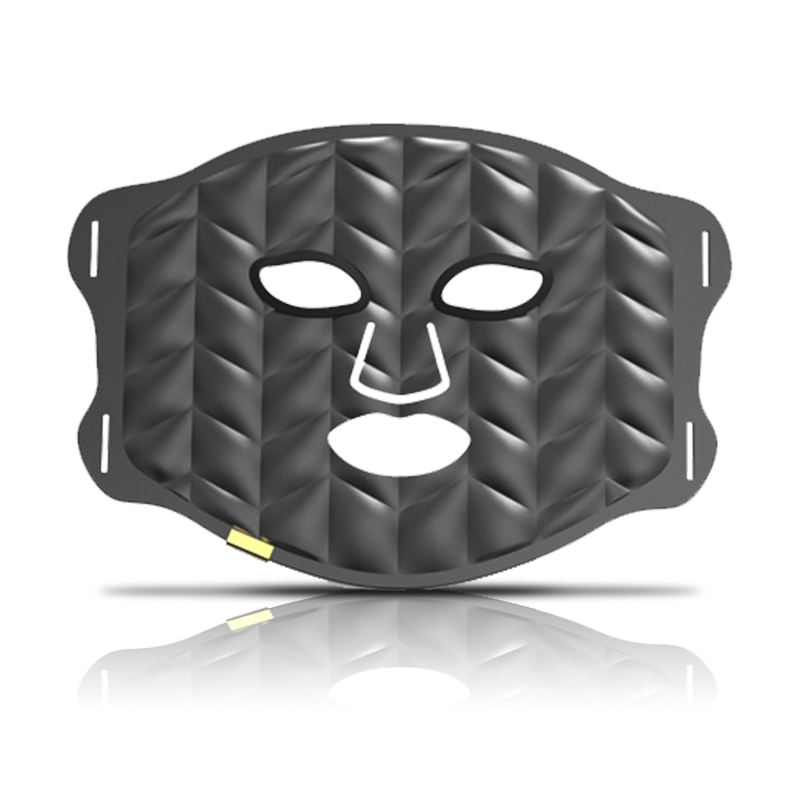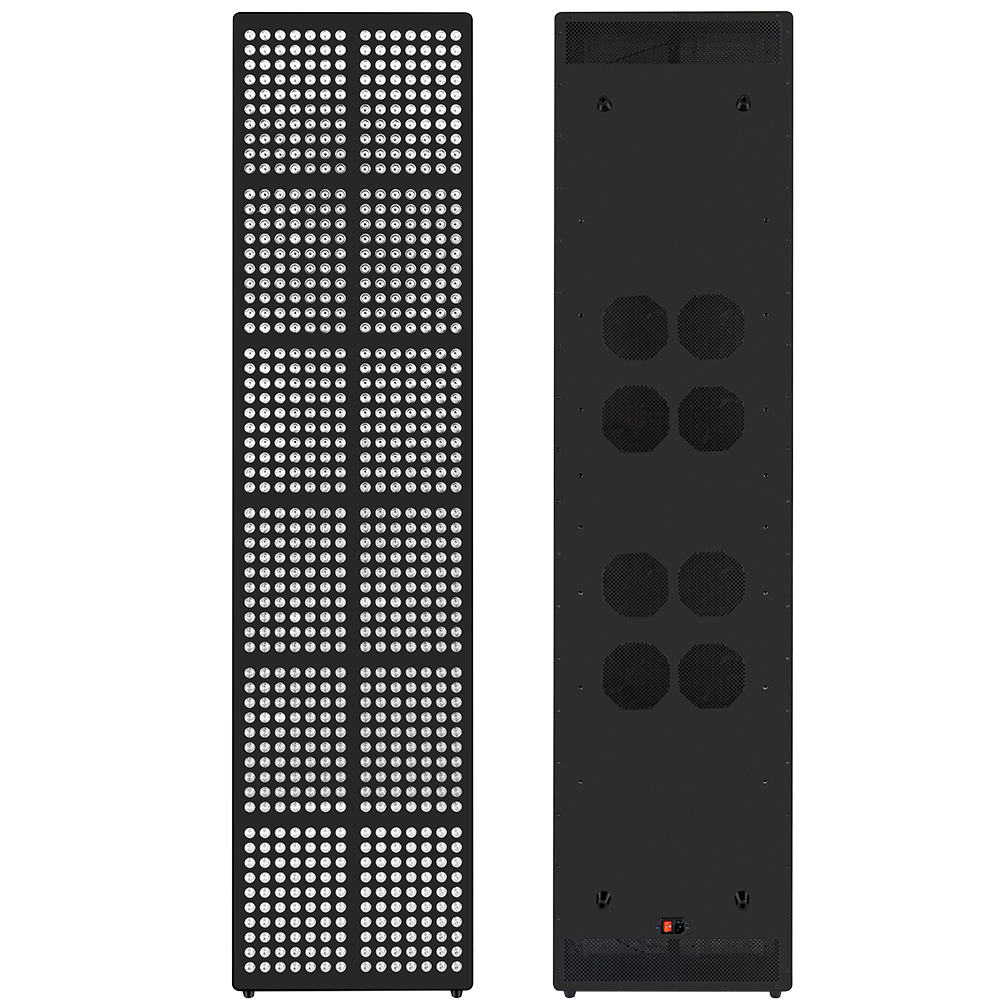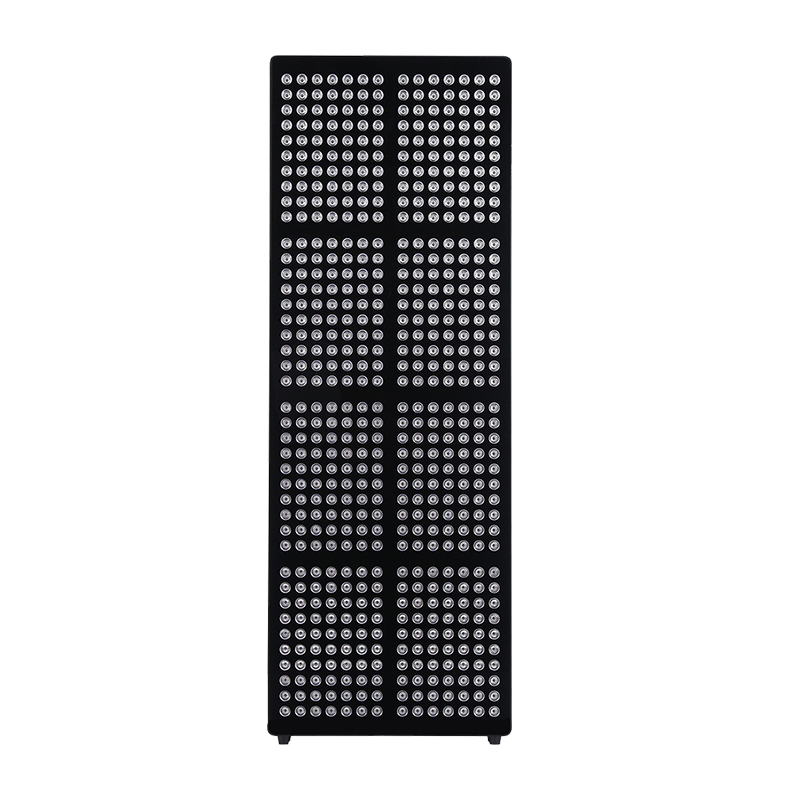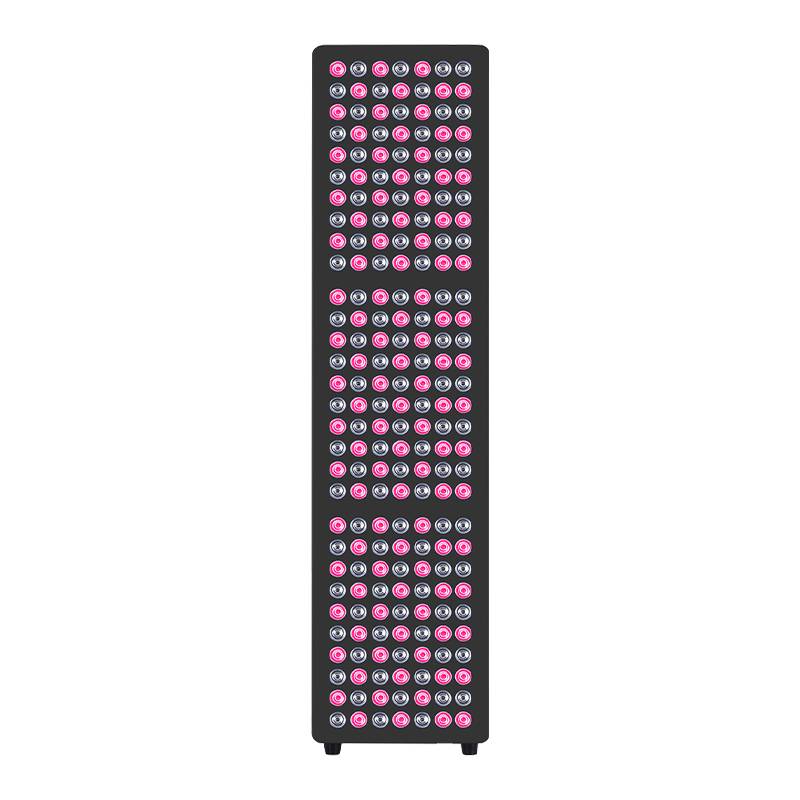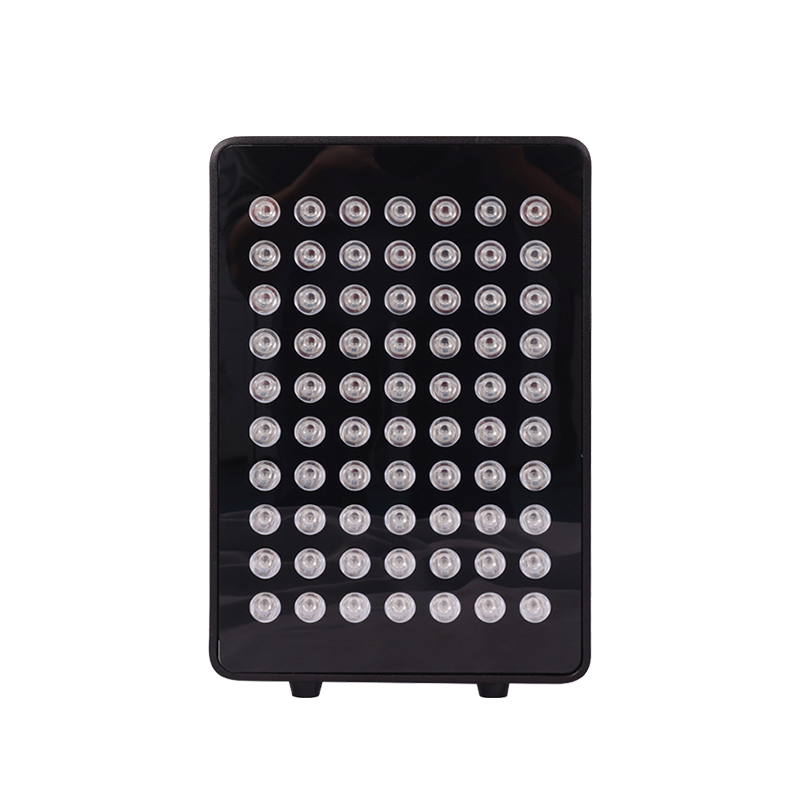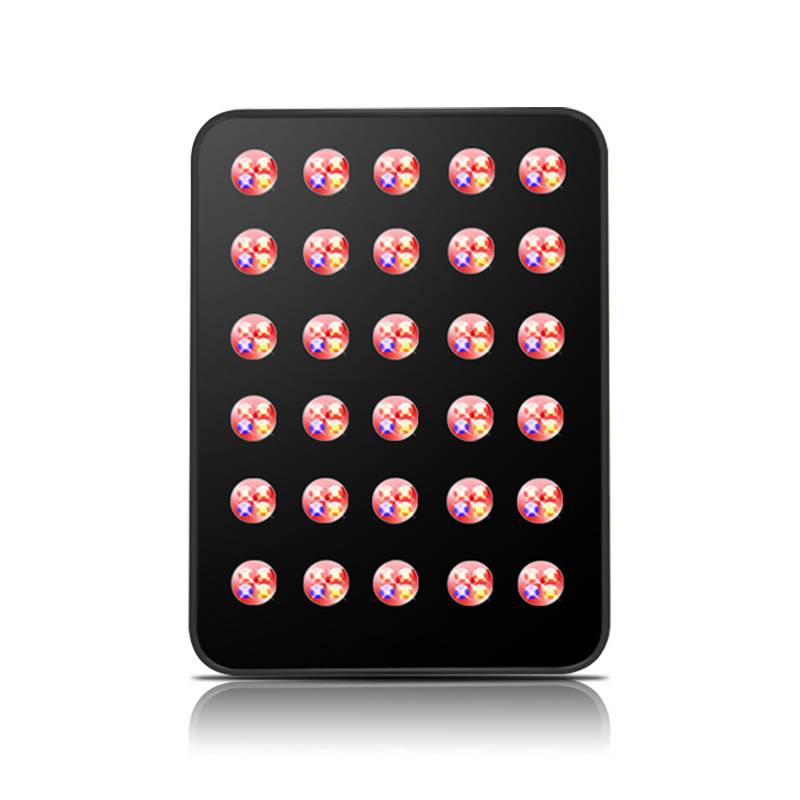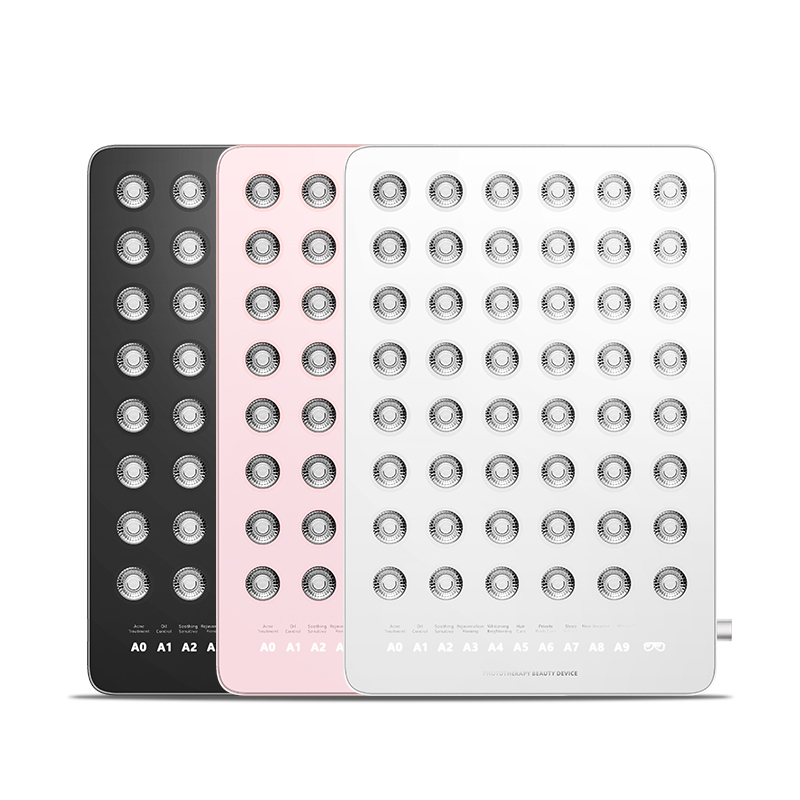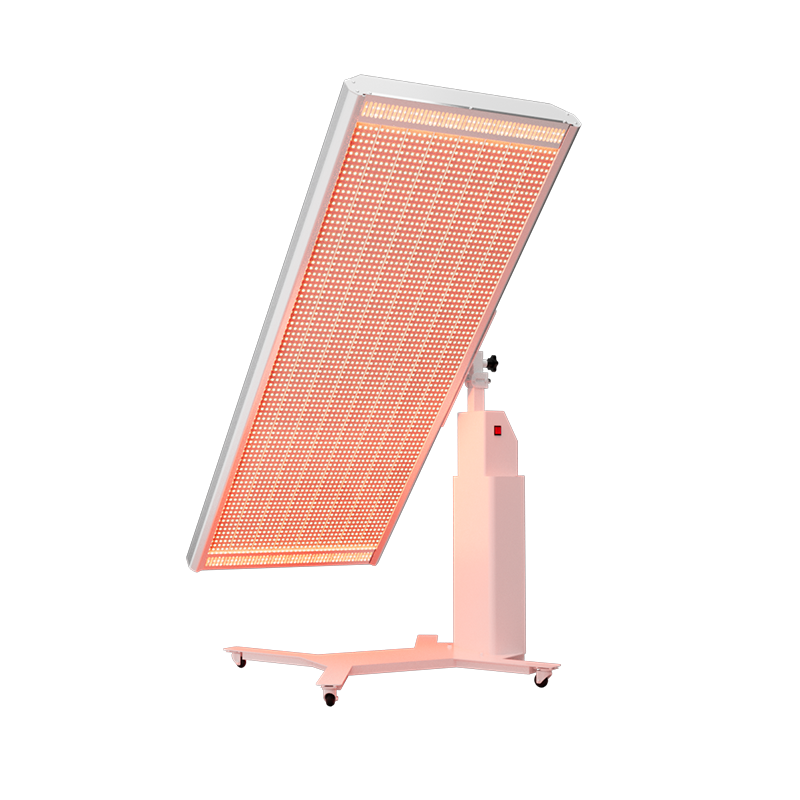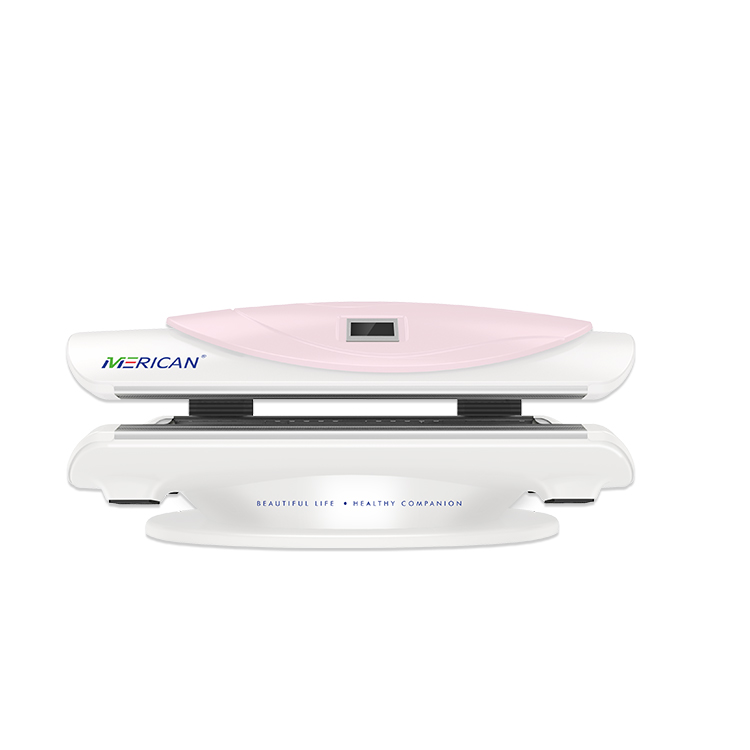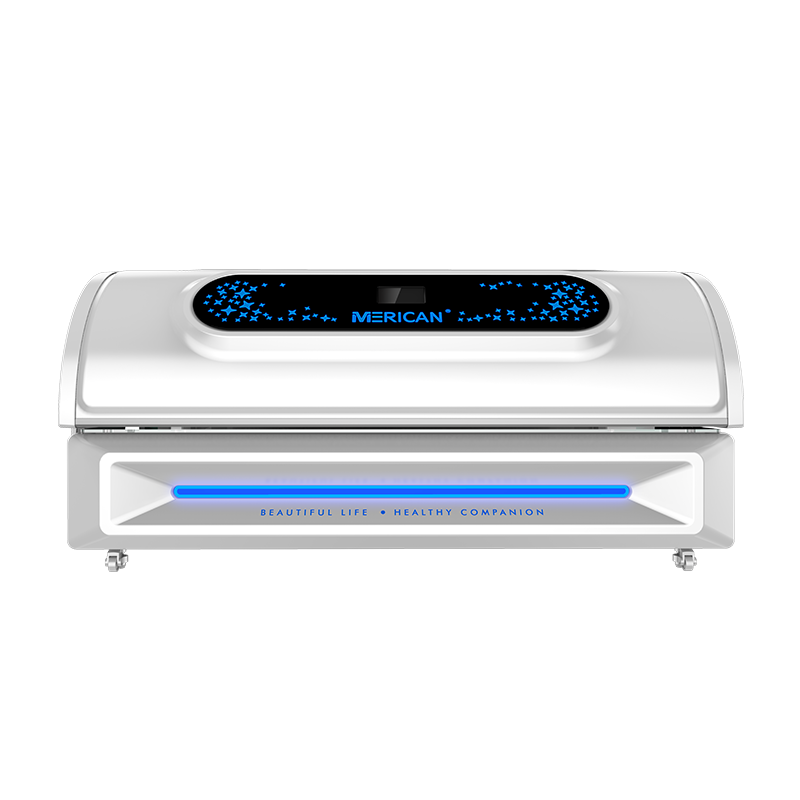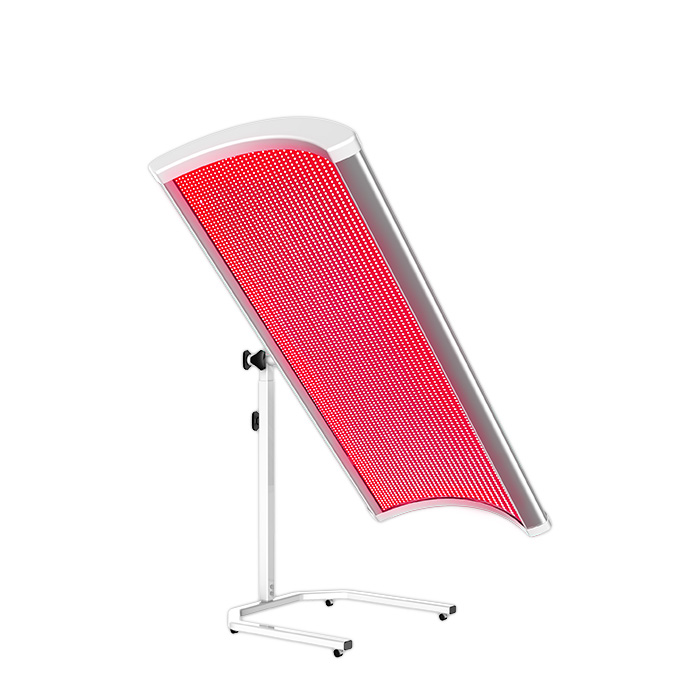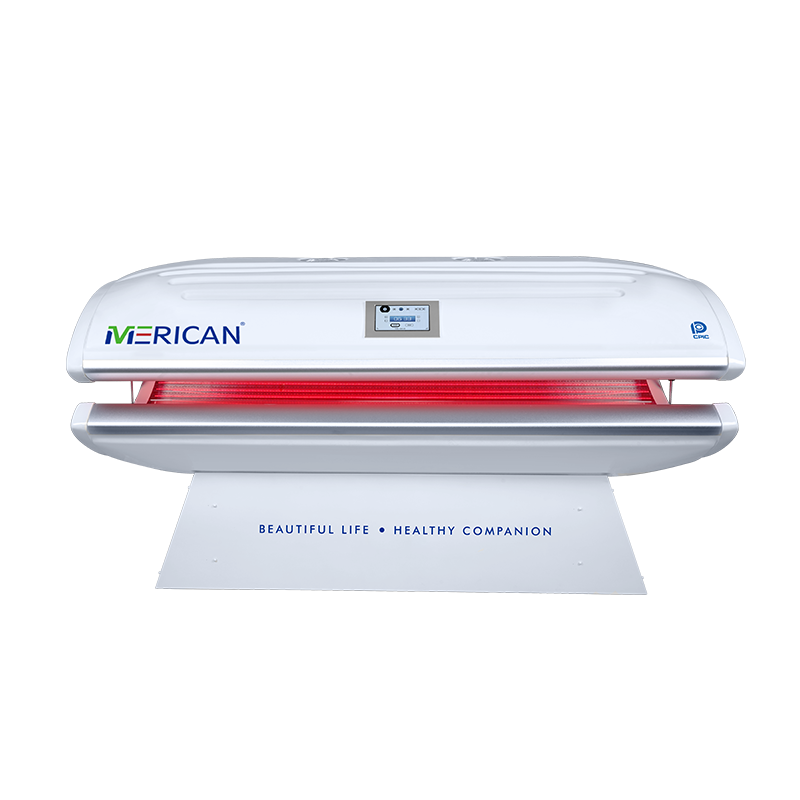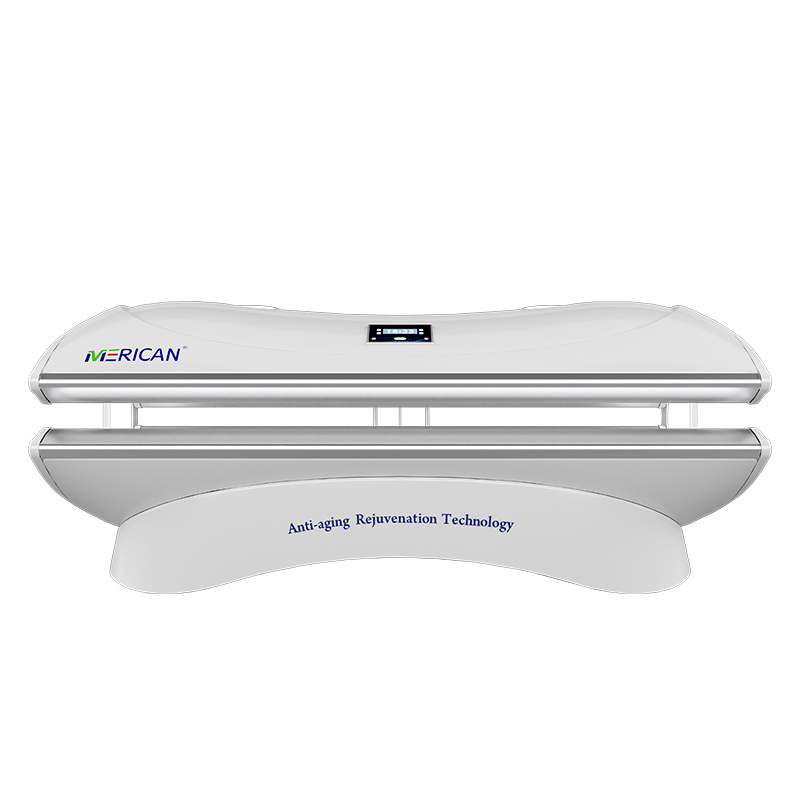Thérapie par la lumière rouge (RLT) est devenu de plus en plus populaire pour ses bienfaits dans la réduction de l’inflammation, Promouvoir la guérison, et stimuler l'énergie au niveau cellulaire. Mais pour les personnes avec maladies cardiaques, la sécurité est toujours une préoccupation majeure. Donc, la thérapie par la lumière rouge est-elle sans danger pour les patients cardiaques?
Ce que dit la science
La thérapie par la lumière rouge fonctionne en utilisant lumière rouge de faible intensité et proche infrarouge pour stimuler les mitochondries - le “centrale” de cellules. Cela augmente Production ATP, réduit le stress oxydatif, et améliore la circulation.
Ces effets pourraient en fait être bénéfiques pour la santé cardiovasculaire. Certaines premières études suggèrent que la lumière rouge/NIR peut:
- Soutien fonction des vaisseaux sanguins
- Améliorer microcirculation
- Réduire inflammation dans le tissu vasculaire
- Améliorer guérison des plaies chez les personnes ayant une mauvaise circulation
Cependant, des recherches supplémentaires sont nécessaires spécifiquement sur les patients atteints d'une maladie cardiaque diagnostiquée.
Sécurité générale pour les patients cardiaques
La thérapie par la lumière rouge est envisagée non-invasif, sans drogue, et à faible risque Lorsqu'il est utilisé correctement. Il n'émet pas de rayonnement nocif, et n'augmente pas la tension artérielle ni la fréquence cardiaque. Pour la plupart des patients présentant des conditions cardiovasculaires stables, il est généralement considéré comme sûr, surtout lorsqu'il est utilisé dans des zones loin de la poitrine (Par exemple, dos, articulations, peau)
Quand être prudent
- Si vous avez un dispositif implanté comme un stimulateur cardiaque ou défibrillateur, consultez votre cardiologue avant de commencer le RLT
- Évitez d'appliquer une lumière rouge/NIR directement sur le coeur sauf avis contraire d'un professionnel de la santé
- Les gens avec insuffisance cardiaque instable ou grave devrait d'abord parler à son médecin
Conclusion
Pour la plupart des patients cardiaques, la thérapie par la lumière rouge est envisagée sûr et potentiellement bénéfique, surtout pour soulager la douleur, inflammation, et circulation. Cependant, il est important de consulter un professionnel de la santé avant de commencer tout nouveau traitement, surtout si vous souffrez de maladies cardiaques complexes ou de dispositifs implantés..


